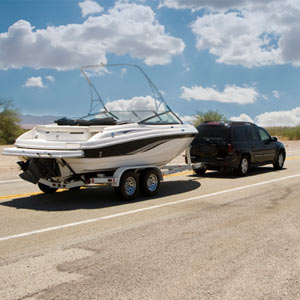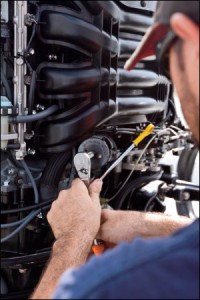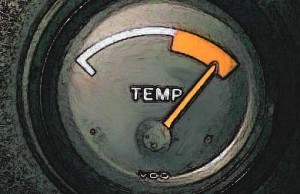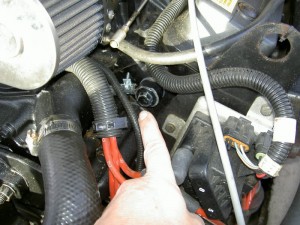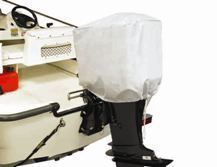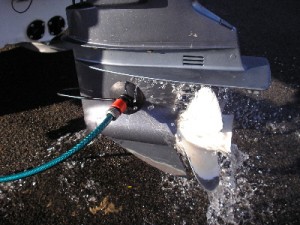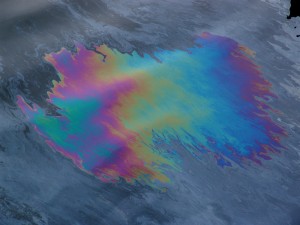Basic Boat Trailering: Part Three
 Yesterday we covered how to launch your boat at the dock, so today it’s time for the other half of the equation: getting your vessel back on the trailer. Although the two tasks are similar, many people get into trouble during this part. The easiest method is to use two people.
Yesterday we covered how to launch your boat at the dock, so today it’s time for the other half of the equation: getting your vessel back on the trailer. Although the two tasks are similar, many people get into trouble during this part. The easiest method is to use two people.
Start by dropping someone off at the dock to go get the vehicle; I recommend leaving the most experienced boater at the helm. Once you drop the person off, cruise around the no wake zone until they return with the car and trailer. After they’ve backed the trailer into the water, approach it head-on with the boat. Here is where most people go wrong; they cut the engine too soon, meaning the boat has to be guided by hand onto the trailer. Instead, coast in slowly and cut the engine after you have some momentum built up. Have the driver waiting at the trailer to quickly secure the boat. Before you leave the ramp, make sure your skis, flags, Yamaha 2W oil and other supplies are tied down and secure.


